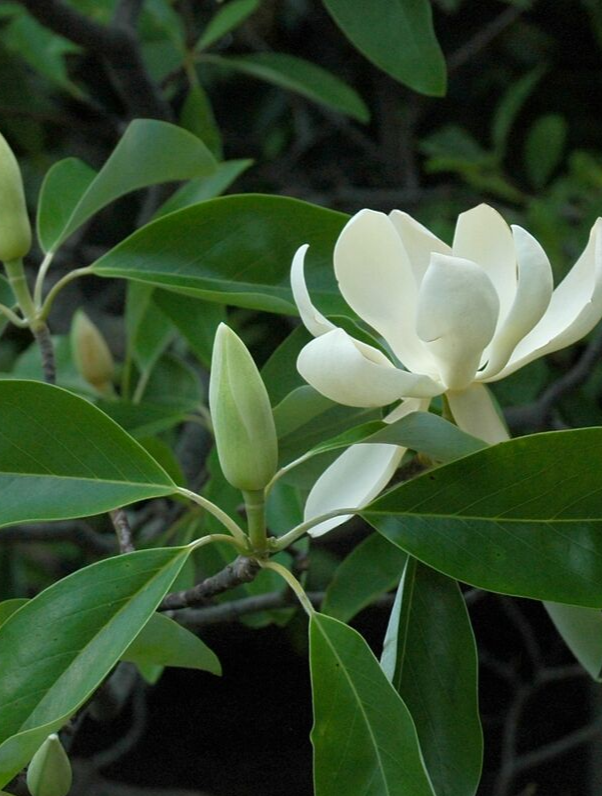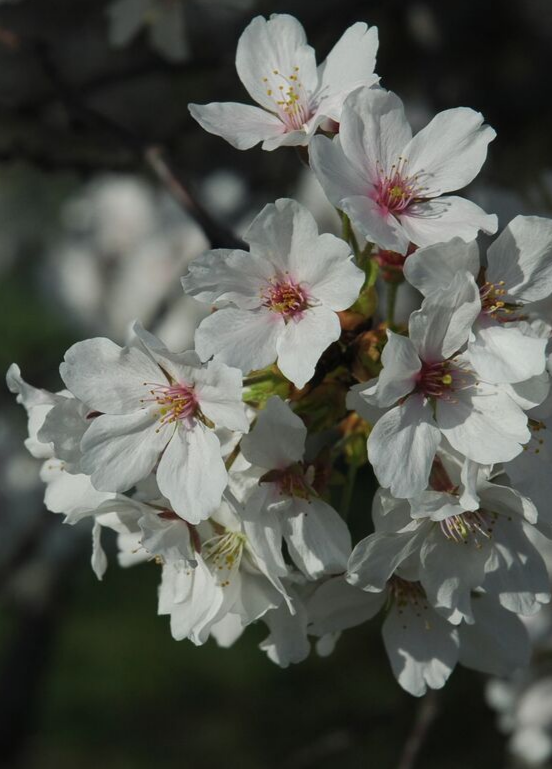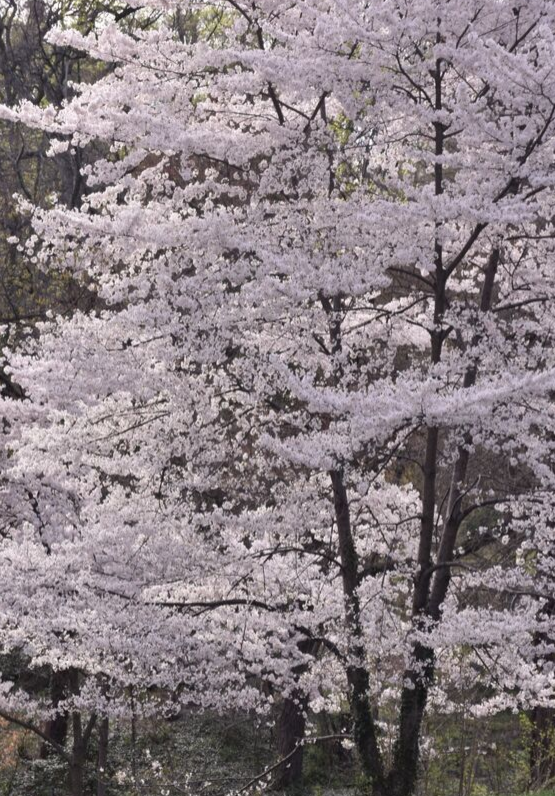Congratulations!
Your home is eligible for a FREE TREE
Nashville Tree Foundation and Nashville Electric Service are teaming up to plant FREE TREES in South Nashville.
Homes with a primary power line running across the front yard can register to receive one of these trees to be planted by NTF volunteers on ReLeafing Day. Limited quantities available - trees are given on a first come basis to qualified residents. Eligible residents should register using the web-link and confirmation code on the postcard you received.
The last day to register for your free tree is Sunday, November 6, 2022.
Please Note: All trees will be planted by Nashville Tree Foundation volunteers on Saturday, November 19, 2022. Nashville Tree Foundation will also mark utilities in the yards being planted so that the trees do not interfere with underground utility lines.
Choose between 2 types of trees
Yoshino Cherry
Sweetbay Magnolia
A beautiful low-branched or multi-stemmed evergreen to semi-evergreen tree.
Leaves are a shiny medium green and remain throughout the winter in mild years.
The most celebrated feature is the cup-shaped, sweetly fragrant white flowers compromised of 9-12 tepals (tepals= when petals and sepals cannot be distinguished from each other). Flowers are most numerous in May when flowering commences but continue to be produced sporadically through early summer.
This species will typically reach 15-25 ft tall and 10 ft wide under most landscape conditions.
Sweetbay magnolia prefers moist, slightly acidic soil, will tolerate wet soils but very dry sites should be avoided.
This species is native to the Atlantic coast from New York to Florida, western along the Gulf Coast region and inland to the north along the Mississippi River to Tennessee.
A spectacular flowering, fast-growing deciduous tree.
Leaves are dark green and color well in the fall. This tree will lose its leaves in the winter.
Best known for its vibrant display of white-pink blossoms and faint almond fragrance in the early to mid-springtime. Blooming for 2-3 weeks, they are held in clusters of 5-6 blossoms and give way to small, shiny, black fruits which are quickly devoured by birds.
This species will typically reach 40-50 ft tall and 25-35 ft wide under most landscape conditions.
Full sun and partial shade are best for this tree, meaning it prefers a minimum of four hours of direct sunlight each day.
This species is native to Japan but was introduced to the United States in 1902 where is has since become a popular tree for lawns.





